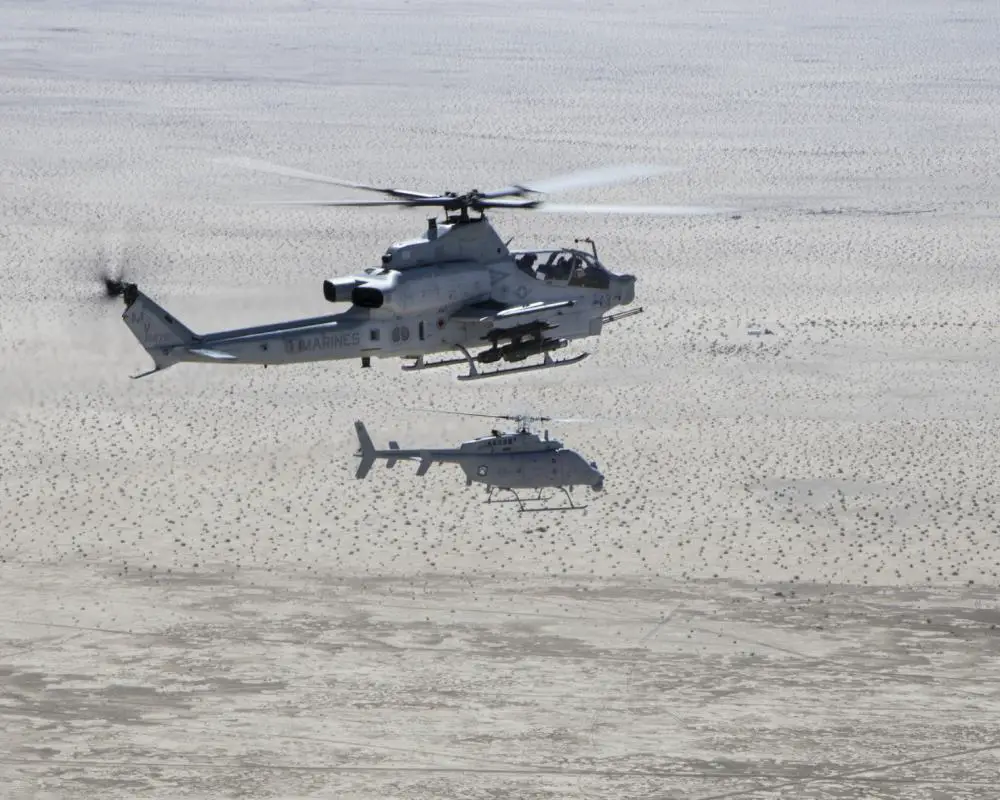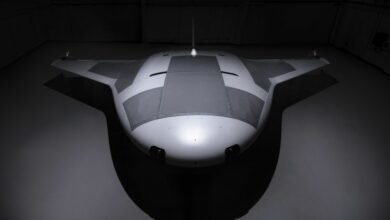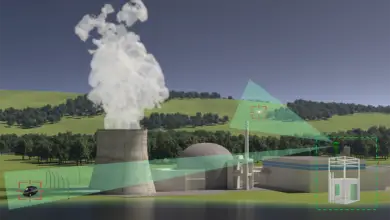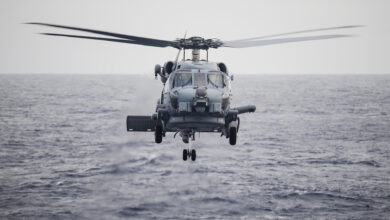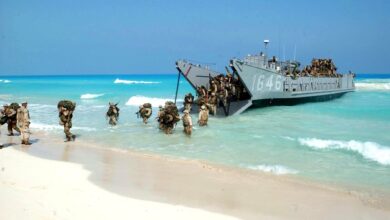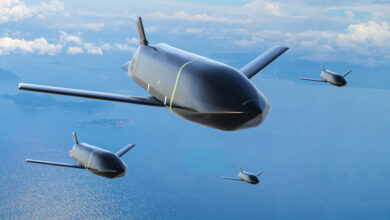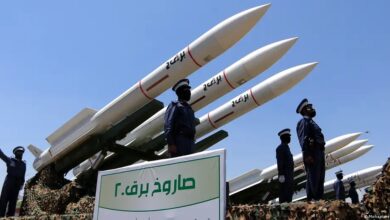US Navy, Marines Demonstrate Manned-Unmanned Aircraft Teaming
The US Navy and the US Marine Corps recently collaborated on a manned and unmanned rotary-wing aircraft teaming exercise at a naval facility in California.
As part of the military exercise, UH-1Y Venom and AH-1Z Viper helicopters conducted attacking maneuvers while the navy and marines assisted with target detection and strike coordination.
Personnel from both services utilized an MQ-8C Fire Scout unmanned helicopter, operating in a ground control station to provide support.
According to Marine Operational Test and Evaluation Squadron One commanding officer Byron Sullivan, the event provided an opportunity for the military to familiarize itself with manned and unmanned teaming to prepare for future applications.
He further stated that the partnership plays an “integral part” in embracing the future of warfare and turning it to their advantage on the battlefield.
Developing Manned-Unmanned Tactics
The development of manned-unmanned tactics is in line with the country’s defense strategy and the Commandant’s Planning Guidance, which seeks to “significantly increase efforts to mature unmanned capabilities.”
The recent exercise is intended to improve US Navy and Marine Corps proficiency in planning, communicating, and coordinating effective fires from manned and unmanned rotary-wing aircraft.
“Adversaries are going to be placed on the horns of a dilemma as we strengthen our naval expeditionary force in leveraging unmanned systems to complement our rotary wing,” Marine’s science and technology lead Maj. Ben Henry explained.
New Manned-Unmanned Teaming Tech
Earlier this month, BAE Systems successfully demonstrated its new manned-unmanned aerial vehicle teaming technology at a US flight test range.
The tech was designed to provide increased responsiveness, broadened capabilities, and reduced risk to military operators at a time when government and industry are pursuing its development with greater urgency.
“The development of autonomous technology is crucial to protect our warfighters against emerging threats,” BAE Systems vice president Ehtisham Siddiqui explained in a press release.

